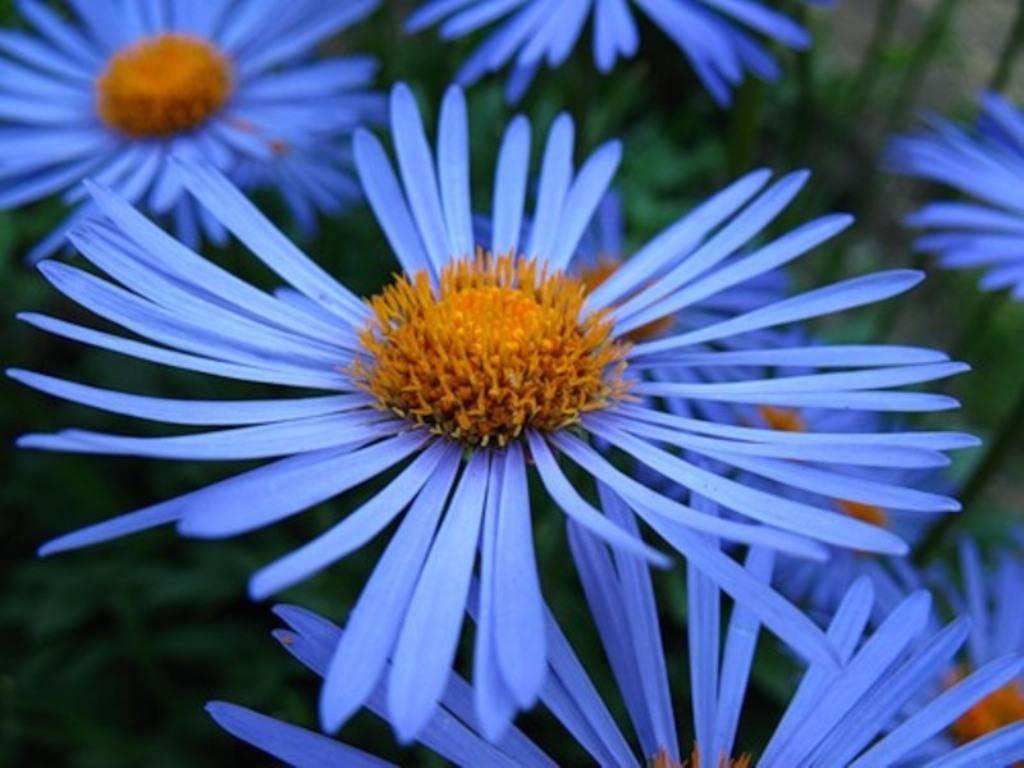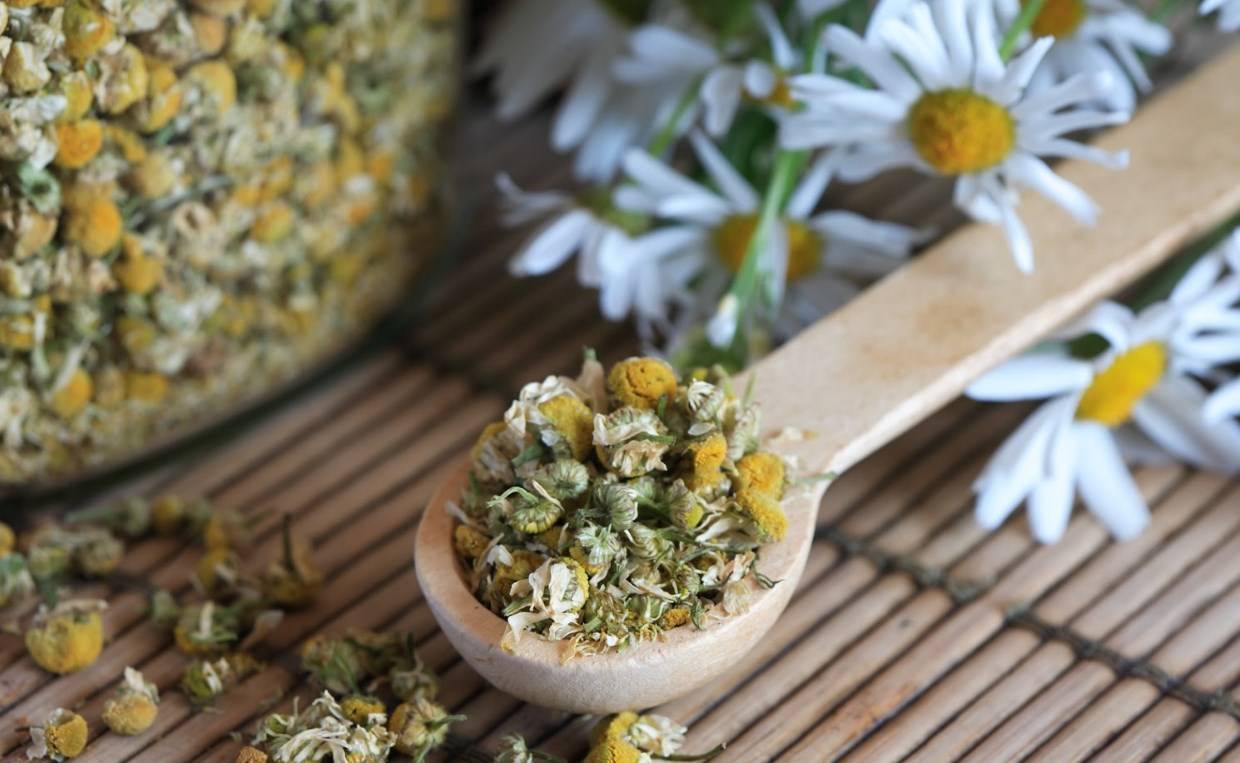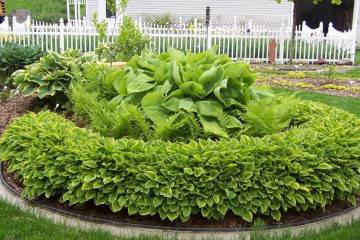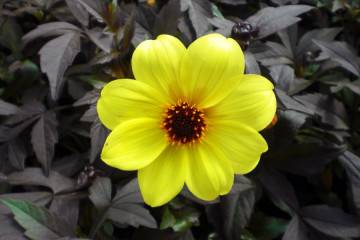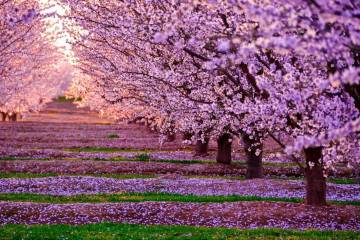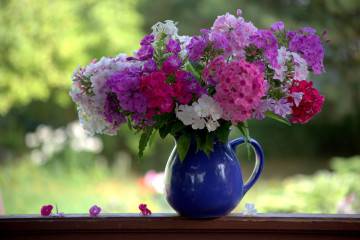Types of daisies - flowering border perennials
Content:
Chamomiles have long won the love of flower growers, and you can find them in a variety of gardens, decorated in different styles. The types of daisies differ from each other in size, color, moreover, they may even belong to different families.
Types of daisies - flowering border perennials
To date, the classification of chamomiles has more than 25 varieties of this cute flower: from the pharmacy chamomile, known to everyone, to the original blue chamomile, the petals of which, as the name implies, can have unique shades - from sky blue to deep blue.
Chamomile - perennial or annual
Depending on the variety, chamomile can be either annual or perennial. For example, the garden species Banana Cream and Snow Maiden are perennial varieties, while chamomile is an annual plant.
Description of colors
Chamomile (in Latin "Matricária" - "uterine herb") is a flower, amazing in its simplicity, belonging to the Asteraceae or Asteraceae family.
Chamomiles are semi-double and double, their petals may differ from each other: there are flowers with thin and wide, curved and straight. Moreover, varieties have been bred that have no petals at all. Some varieties have a slight odor, while others do not smell at all.
The information on where chamomiles grow deserves special attention. Thanks to the small seeds, which the wind can blow over long enough distances, you can see neat meadows or single bushes all over the world, pleasing to the eye with their simplicity. Another important factor that allows daisies to feel equally good both in Africa and the USA, as in Australia and Eurasia, is their unpretentiousness and ability to quickly adapt to a wide variety of climate conditions.
Novice flower growers often wonder when field daisies bloom. Flowering begins in the second half of April, the entire warm period lasts and ends in September along with the onset of cold weather. Most of the flowers are revealed in the summer period, during June and July. However, in regions where the climate is mild and warm, for example, in the Caucasus, in the Crimea and the Mediterranean, daisies bloom quite early, you can admire them already at the end of February.
The most popular representative of the family is field chamomile, which has a number of useful qualities. So, scientists specializing in such a science as pharmacognosy managed to find out that the essential oil that is part of the inflorescences has antiseptic and disinfectant properties, has a beneficial effect on mucous membranes. Speaking about the beneficial properties of chamomile, one cannot fail to mention vitamins and minerals that can strengthen and nourish hair, giving it a shine and healthy look.
It is not surprising that gardeners from all over the world plant unpretentious plants on their plots. Listed below are the most attractive varieties of daisies that will adorn any, even the smallest, garden plot.
Beautiful varieties
Which flower can be called especially beautiful? This is a tongueless chamomile - a herbaceous annual, which is characterized by a pronounced fragrant aroma. Thanks to this, by the way, this chamomile is often called odorous. It differs little from its fellows: the core is yellowish-green, the petals are white, the structure is convex. Perhaps the only distinguishing feature is the large number of thin leaves-strings adorning a thick stem. Thanks to them, fragrant chamomile seems more dense and fluffy.
The flower grows poorly in shaded areas, prefers open sunny spaces. It is for this reason that it can often be found on roadsides and in abandoned areas where there are no trees and shrubs.
Another very attractive species is perennial blue chamomile. Also called Felicia, she came to Russia from South Africa. The plant is characterized by an unusual color of petals, it can be pale turquoise, sky blue, deep blue, often purple veins are visible on the petals. Bushes are low, up to 50 cm, small leaves are hidden under large inflorescences. The plant is demanding to care for: once every three weeks it should be fed, and as the soil dries up, water it.
A little taller in growth is meadow chamomile, also called daisy. Its height reaches 80 cm. Each branch is crowned with a white-yellow inflorescence. Long-term flowering begins in the very first summer months, the plant blooms again in mid-August.
The grassland needs special care, which includes moderate watering, loosening and mulching the soil.
Common chamomile is also quite popular, which can most often be found in meadows. It takes root well in garden plots, for this it is enough to sow seeds collected from wild-growing flowers. The annual plant is characterized by a fragrant aroma and healing properties:
- pain reliever;
- antibacterial;
- hemostatic;
- calming;
- antihistamine.
To prepare a decoction based on chamomile flowers, raw materials must be prepared. This is easy to do: first you need to cut off the inflorescences that are starting to fade, put them in a thin layer on paper, which must first be perforated. They eavesdrop on flowers on a table under a canopy in such a way that direct sunlight does not fall on them. The temperature should not exceed 35 ° C.
Roman chamomile, which can also be called noble navel, is a short perennial plant that has excellent immunity to frost. This herb bears the name of the field due to its creeping roots and very modest size. The aroma of a flower deserves special attention, according to the description, the smell vaguely resembles an apple.For this reason, the previously dried bundles of the ancestors were hung from the ceiling, thus obtaining a natural air freshener, which had another advantage: it drove away insects. Under natural conditions, the navel on the territory of Russia is found only in the Crimea.
What does chamomile help with? Broths from inflorescences can be drunk to strengthen the nervous system, get rid of headaches, and cure colds. In cosmetology, chamomile is used as a healing, moisturizing and cleansing component of facial and hand care cosmetics.
Undersized curb perennials, blooming all summer
Among the most attractive border perennials that bloom throughout the season is the Snegurka variety. What does this chamomile look like? It is a double flower of traditional color, however, its appearance is more like a chrysanthemum than representatives of chamomile. The bushes are large enough, the height can reach a meter. Each stem ends with a boiling white inflorescence, the diameter of which reaches 10-12 cm. The center is decorated with a bright sun. The flower is thermophilic, does not tolerate shady areas and closed spaces. If the amount of sunlight is not enough for the Snow Maiden, she will begin to wither, the flowers will become small, and lose their doubleness.
Popular among gardeners and girlish chamomile - fluffy green bushes, dotted with small snow-white flowers. The plant is unpretentious, grows quickly, and therefore it is often considered a weed.
By the way, in the Middle Ages, these flowers were called mother grass (in Latin Parthenos), which definitely indicates the healing properties of the plant. With the help of decoctions of dried herb, women could get rid of pain during menstruation, facilitate childbirth.
Florists note that maiden chamomile is not at all afraid of drought and temperature changes, but excessive humidity, especially after the snow cover has melted, can negatively affect the root system. That is why, with the onset of spring, it is recommended to remove all the snow in the flowerbed where it grows.
Many gardeners are delighted with perennial border flowers like Banana Crema. These beautiful daisies differ from other representatives of the Astrov family in their original color. Terry inflorescences of a rich yellow color appear from the buds, which brighten over time, acquiring a creamy white color. The original shade is emphasized by a bright yellow core.
If climatic conditions are favorable, plants are able to release new shoots, which ensures long-lasting flowering throughout the warm months. Banana Crema can grow on one site for no more than 5 years, while the site must be sunny and open, without stagnant water in the soil.
Today, there are a huge number of different types of daisies with white, yellow and blue petals. Each variety has its own characteristics and care requirements, which, of course, must be taken into account before planting such a variety on your site.
